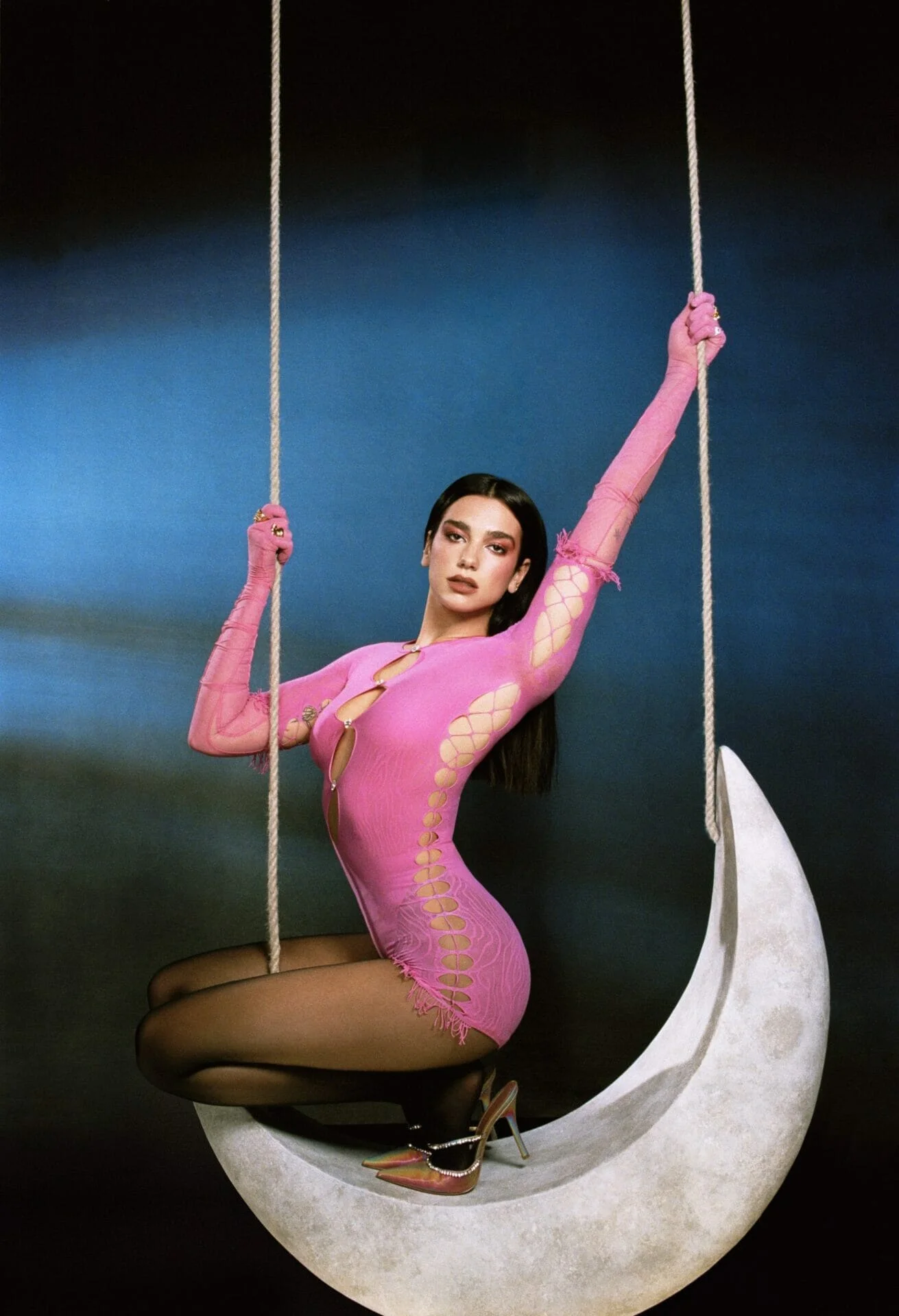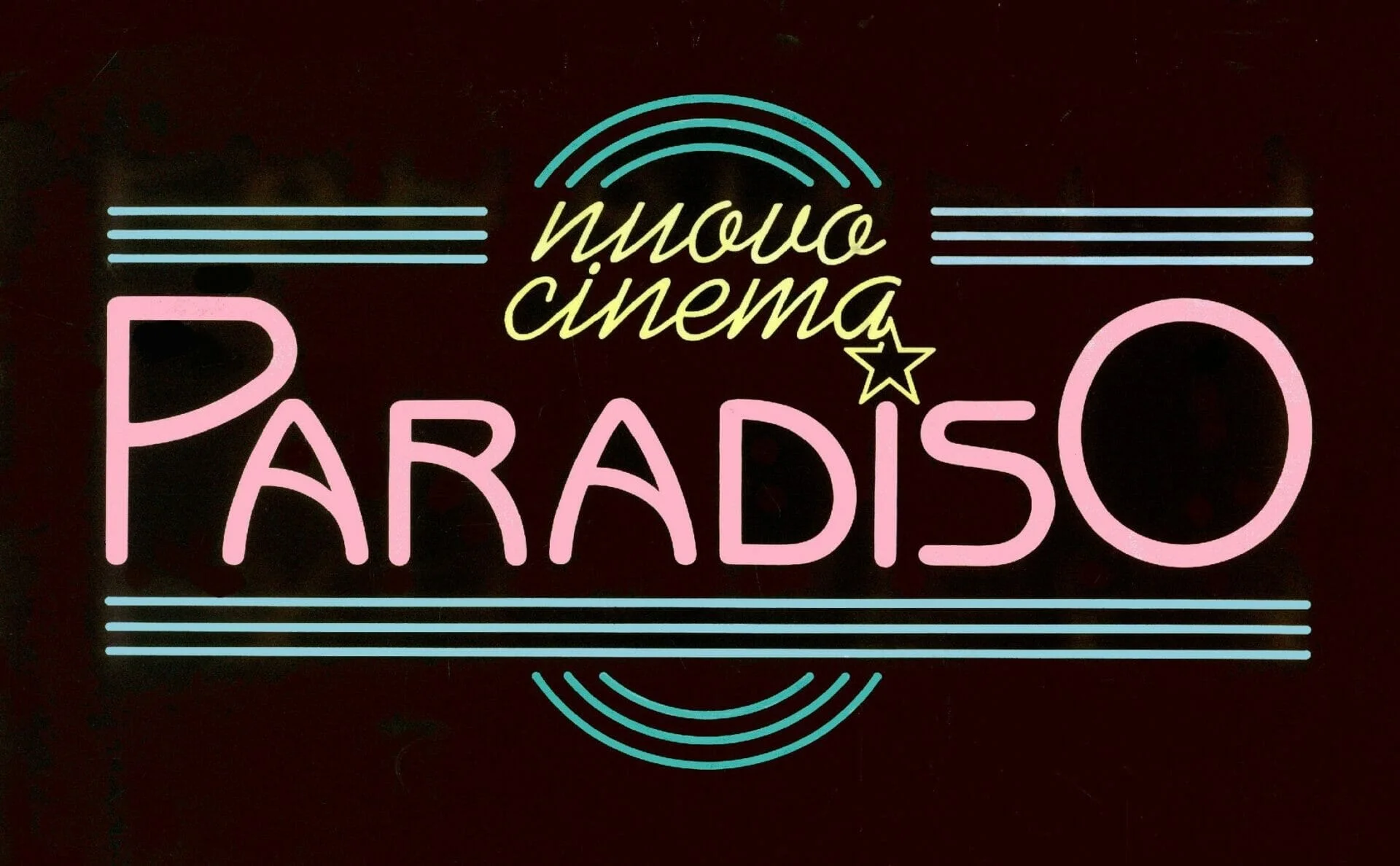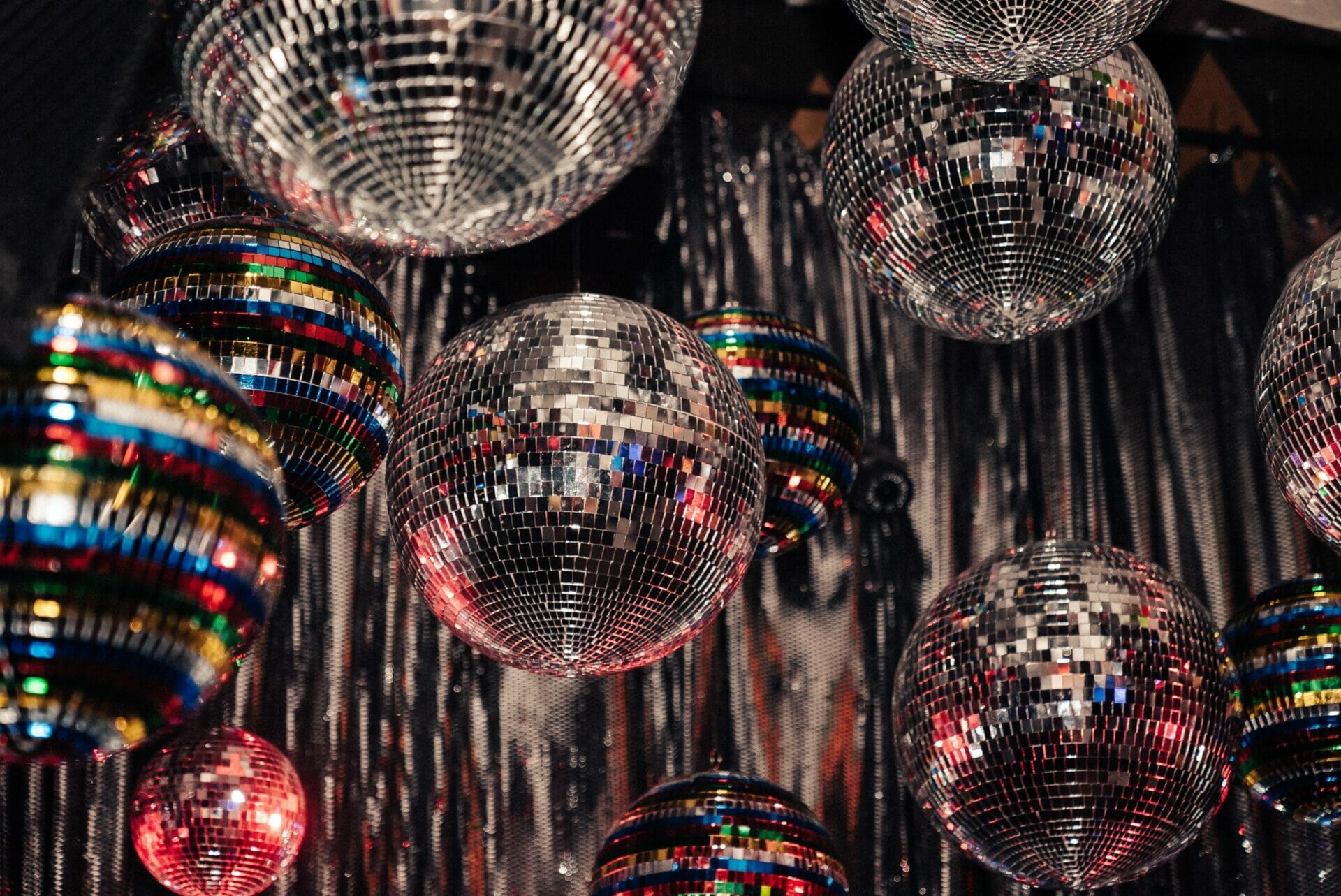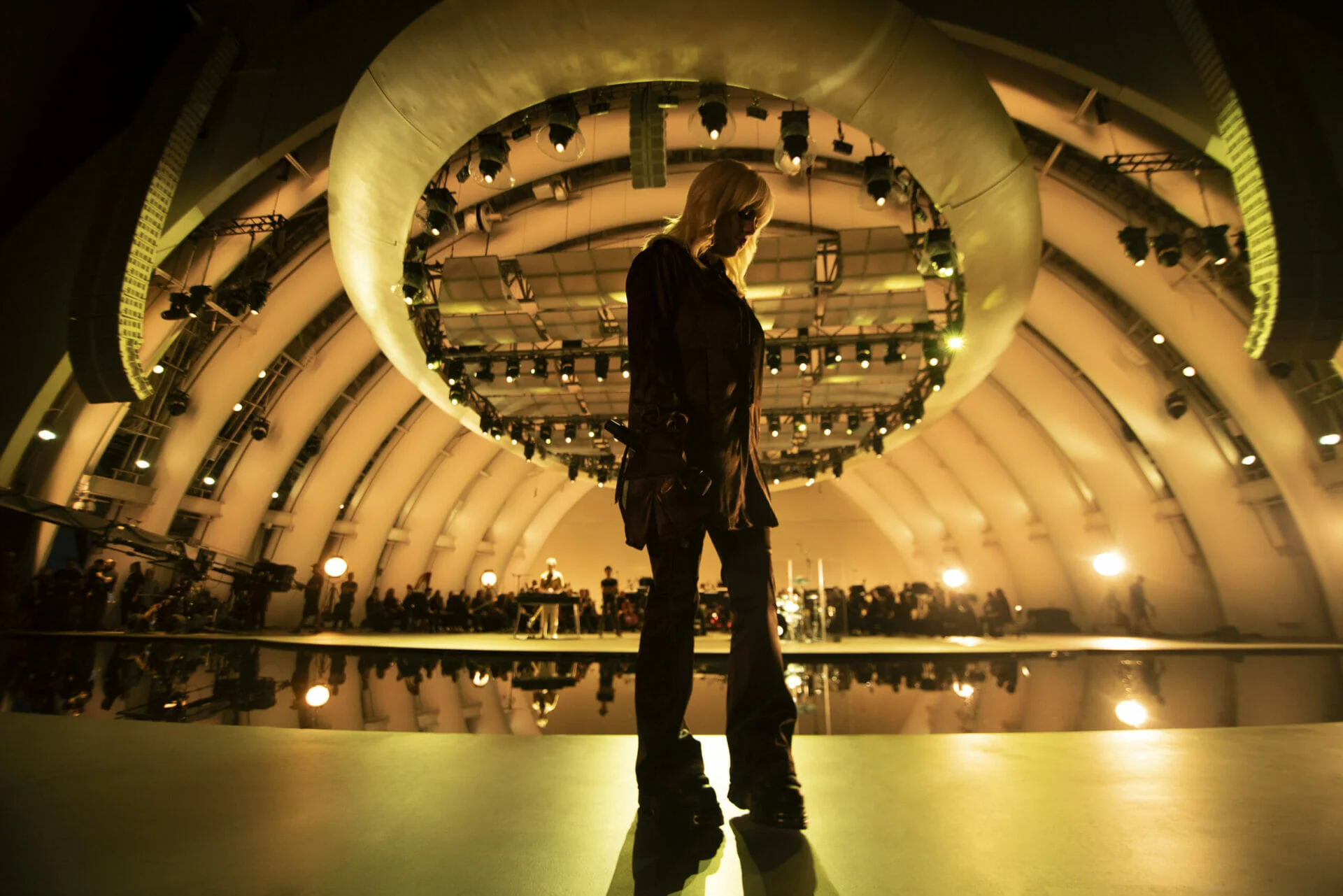
Stranger Things | Long live the new 1980s
Country
Seasons
Runtime
Original language
Genre
On July 15, 2016, the nine episodes of the first season of Stranger Things debuted on Netflix. At that time, the twin brothers Matt and Ross Duffer, creators, showrunners and screenwriters of the TV show, were beginners in the film industry, as much as the teenage cast was yet to show their talent. Seven years later, the series heads towards a long-hyped conclusion after the resounding success of its fourth installment, which made it the most-watched TV product of 2022, with over 52 billion minutes of viewing time worldwide. An unexpected achievement for what to date is a true mass phenomenon and one of Netflix’s most notable masterstrokes.
Stranger Things has succeeded in producing a synthesis of the best of 1980s creativity, pivoting around the ever-inspiring authorities of Steven Spielberg and Stephen King. An imagery that “still resonates today”, author Bryan Reesman writes, “because of the artistic forces it unleashed and the social change it cemented”. Indelible friendship, BMX bike rides, unimaginable psychic powers, shady government experiments, and sinister beings from another dimension combine to create a colorful homage to an era that never comes across as glossy or outdated. On the contrary, in Stranger Things the most mythical and idealized of decades seems more vibrant and alive than ever, thanks to an enthralling plot and the young protagonists’ hearty performance, enriched by a winking selection of musical and visual references.
A flamboyant mix that cannot fail to arouse a keen nostalgic feeling for youth, carefree adventures, and wondrous explorations of undreamt worlds in an audience who did not experience the fabulous 1980s.
Welcome to Hawkins
The plot follows a succession of unsettling events taking place in Hawkins, an imaginary country town in Indiana. Young Will Byers (Noah Schnapp) disappears into thin air after a night spent with his best friends, Mike (Finn Wolfhard), Dustin (Gaten Matarazzo) and Lucas (Caleb MacLaughlin). With the community in shock, several groups of characters set out to search for the kid.
Sheriff Jim Hopper (David Harbour) and Will’s mother Joyce (Winona Ryder) suspect the involvement of the local laboratory, where dodgy experiments seem to take place. On the other side, Mike, Lucas and Dustin come across a mysterious girl (Millie Bobby Brown) with the number 11 tattooed on her wrist. The child, thus renamed Eleven, is endowed with incredible telekinetic and telepathic powers and hunted by ruthless government agents. Delving into the intrigue, Hopper and the kids will come face to face with the Upside Down, a parallel dimension home to an eerie creature, where all the answers to Eleven’s past and Will’s disappearance lie.
Operation Nostalgia
The 1980s quotations permeate every narrative and stylistic aspect of Stranger Things, from the originating concept down to the smallest details. Nearly every camera shot hides easter eggs and tributes to the pop culture of that period, scattered among the props or implied in the action of the characters. , For instance, the showrunners listed over 25 references limited to the film industry.
Overall, the Duffer brothers’ creation combines two of the main narrative strands characterizing 1980s fictional works. On the one hand, the adventure and coming-of-age genre – The Goonies, Stand By Me, Stephen King’s literary universe, especially IT, the Indiana Jones franchise. On the other hand, the sci-fi and horror genre that remained prolific throughout the decade – Alien, E.T. – The Extraterrestrial, Close Encounters of the Third Kind, Poltergeist, Ghostbusters, A Nightmare on Elm Street. In addition, the influence of some mystery cults from the 1990s is evident – among them, Twin Peaks, Silence of the Lambs and The X-Files.
Supporting visual aesthetics, the audio section makes a monument to an era, playing a major role in conveying the whole vintage vibe. Indeed, the soundtrack by Kyle Dixon and Michael Stein was composed by mixing analog synthesizers and digital filters simultaneously with the filming as to strengthen its consistency with the script. Original scores alternate with nearly 200 hits straight from the 1980s, some of which also charged with key narrative roles. Just think of The Clash‘s Should I Stay or Should I Go and Kate Bush‘s Running Up That Hill, capable of climbing the Billboard charts after the release of the fourth season in the summer of 2022.
The many faces of the 1980s
Such a dense web of audiovisual references revives a lively and multifaceted version of the 1980s, enriched with details and nuances as the series progresses. The nerd fans of Dungeons & Dragons and Lord of the Rings; the metalheads; the punk community; the boys from the high school basketball team. Each character represents one of the many souls of the decade and is part of a plural, albeit partly idealized, portrait of an era of economic prosperity, individual freedom, and boundless creativity and possibilities. From hairstyles to clothing, from bicycles to Hawkins’ shops and malls everything contributes to a striking aesthetic that countless trends seek to replicate today.
Especially from the third season, a more critical historical narration emerges as controversial sides of Ronald Reagan‘s presidency are brought to light. Indeed, counterbalancing rampant consumerism is the shadow of the growing social inequality, already a core theme in The Goonies. The character who bears the most witness to this is Joyce, a lonely mother who escaped from her alcoholic husband and was forced to work backbreaking shifts to make ends meet. Hawkins’ community represents the most bigoted and conservative part of America, as portrayed in many of King’s works. Prey to constant anxieties and fears, whether they are Satanic panic or the communist threat, they reject non-conformists and outcasts, relegating them to the fringes of society. The very Stranger Things concept was inspired by widespread conspiracy theories at that time, linked to alleged government experiments such as the Montauk Project.
The teenage encyclopedia
Overall, Stranger Things features a child-sized journey into the mythical 1980s youth which succeeds in enticing a broad audience, from boomers to millennials and up to the Z generation, with a rocking ensemble of characters. The cast of up-and-comers, rounded off by the experience of Winona Ryder and David Harbour, allowing the showrunners to explore parental themes, takes the lion’s share. The young protagonists enact what the film critic Maureen Ryan defines as a “winning blend of innocence, camaraderie, sarcasm, and fear”. Taglines such as “friends don’t lie”, repeated like a mantra throughout the series, encapsulate the quintessence of a pure friendship, growing stronger and deeper with each new season.
To ease the viewer’s identification with the teenage group, the show mimics their language and way of thinking. The plot itself is crafted to replicate the unfolding of popular board games, such as Dungeons & Dragons. Characters tend to act in groups and face a common enemy from different fronts, leveraging their skills. Moreover, they identify the creepy Upside-Down creatures as those animating the stories they enjoy sharing, approaching the otherness and the unknown with an open mind and bold curiosity.
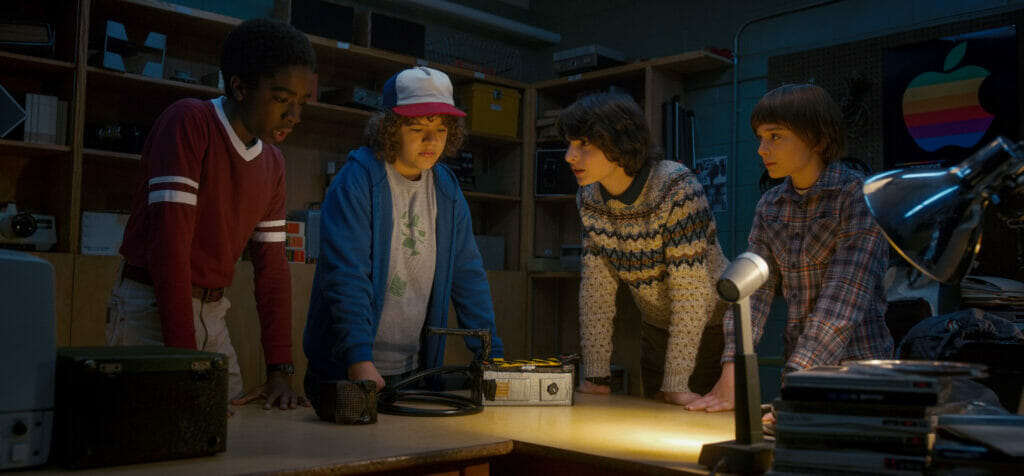
As the youngsters enter adolescence, the show touches on complex and insightful themes, from generational conflict to gender, loss, depression, and marginalization, yet without forsaking the lightness of a product designed for youth, making a valuable and formative coming-of-age model. Not by chance, as in the Harry Potter saga, the maturing of the actors and the audience has gone hand in hand with a gradual increase of the dark and horror component, mirroring the characters’ ever more nuanced and intricate interiority.
Eleven’s – and Hopper’s – parable
Speaking of the cast, stealing the scene for large stretches of the series is Millie Bobby Brown, “who made”, said Rob Sheffield, “an instant folk hero out of a weird, shavenhead girl named Eleven”. Her character is almost mute in the earliest installments. Nonetheless, the actress’ performance comes across as magnetic and trenchant, capturing the viewer’s full attention thanks to meticulous work on gestures and expressiveness.
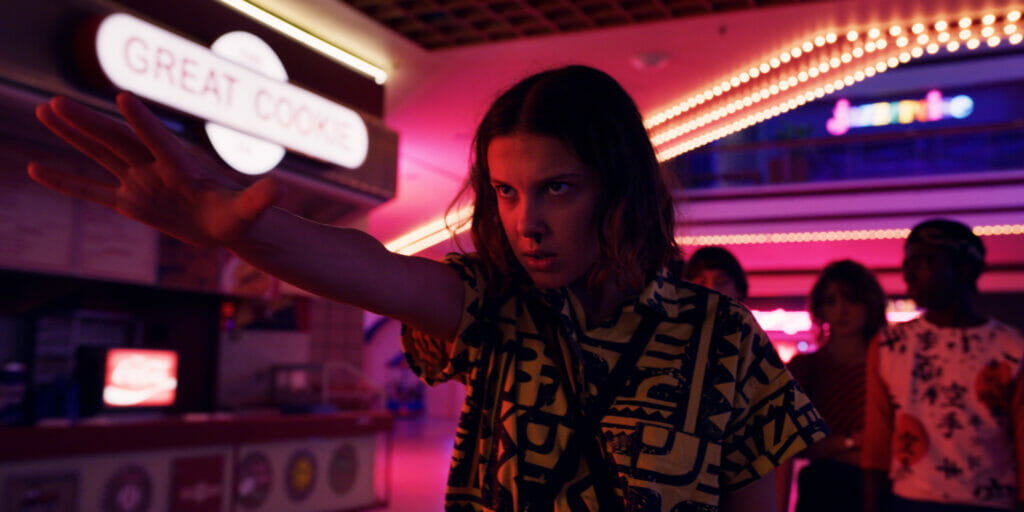
Eleven’s defining traits show a clear influence of King’s macroverse, her main models being Charlie McGee from Firestarter and Carrie White from the homonymous novel. Like them, she is a psychic, capable of controlling objects and penetrating people’s minds. But she is also fragile and vulnerable, thus standing on the thin line between an uncontrolled monster and a manipulated, defenseless child. After a neglected childhood, Eleven undertakes a process to become human. She will learn to socialize, to love and be loved, and to manage her weaknesses and, therefore, her powers. On this ground, she is easily comparable to Wednesday Addams, another staple from Netflix’s teen universe. They both are involved in a journey of personal growth while maintaining their charming aura of outsiders.
Eleven’s narrative arc parallels the evolution of Hopper, an unsociable sheriff whose surly manners hide an unhealed wound. In fact, the girl’s coming changes his life, giving him a new purpose and breaking down the wall he built to exclude the rest of the world. An instinctive bond between two outcasts.
The Upside-Down in the real world
Overall, what has made the Duffer brothers’ creation one of Netflix’s flagship productions is the sentiment of nostalgia that it managed to instill in its audience. Stranger Things makes a clear case of the currently pervasive trend of quotationism, characterizing works such as Ghostbusters: Afterlife, Super 8, Top Gun: Maverick and Everything Everywhere All at Once. Added to this, an effective communication campaign, supported by retromarketing partnerships with well-known brands, accompanied the launch of each season. Thereby the series got off screens and entered the lifestyle of its fandom, fascinated by an era they would like to live in. Something similar to the experience of Midnight in Paris‘ character Gil Pender, accidentally thrown into the historical context he has always dreamt of being part of.
Whether it is nostalgia or pseudo-nostalgia, the series contributes to fueling a distinctive feeling of these times, defined by professor Svetlana Boym as “a yearning for a different time – the time of our childhood, the slower rhythms of our dreams”. It does not come by chance that the 1980s tend to come together with freedom, exuberance and thoughtlessness, all typical attributes of youth. Thanks to this overlay, that decade has become a Golden Age, contrasting with a present perceived as grey and unattractive.
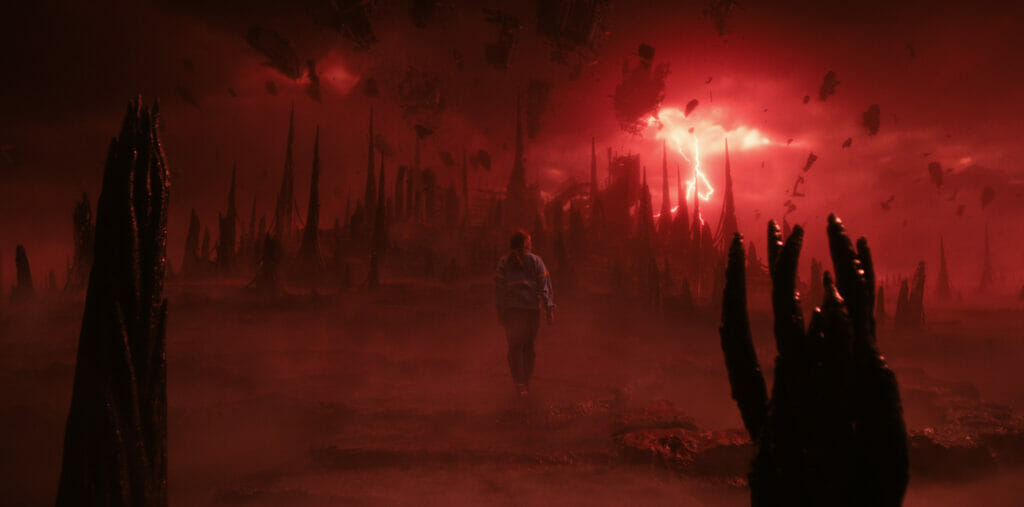
Thus the show acts as a kind of Upside-Down itself: an alternative dimension to the real world where to find distraction and relief from the unsatisfactory daily routine. But also a mirror of human nature, where children become teenagers and, eventually, adults. When the fifth and last season will be out, its protagonists won’t be kids anymore. Time also flows in Stranger Things; what remains unchanged are the bonds of friendship, making the series a heartwarming and cherished shelter for millions of enthusiasts.
Tag
Buy a ☕ for Hypercritic





